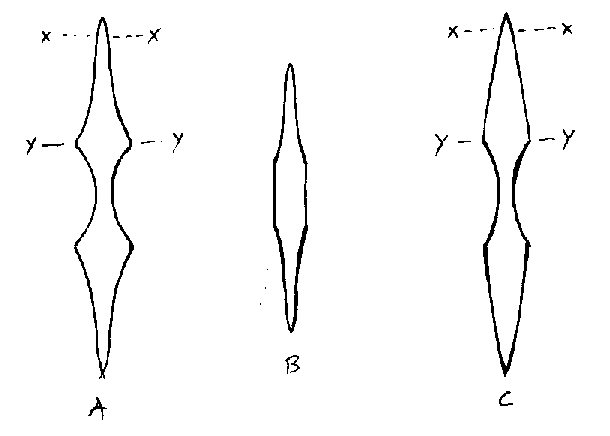Posts: 395 Location: Upper Hutt, New Zealand
Thu 31 Jan, 2008 4:25 pm
Why no other historical examples of this sword? Could it be that such a sword was too expensive or difficult to mass produce given it's complex
blade geometry? Could it have been a rare commission for someone who could afford such a sword, or perhaps a design that did not find favour for whatever reason? Although this would seem a strange conclusion given Peter's comments about it's ability. It seems to be a hybrid with regards to elements that are present in it's blade design.
Peter if you could compare it's character to another of the Next Gen Line which sword does it most closely resemble in handling characteristics and capability (if any). Does the blade geometry allow it to cut more like a lenticular blade or the blades with more pronounced profiles such as a hollow ground type XVIII.
